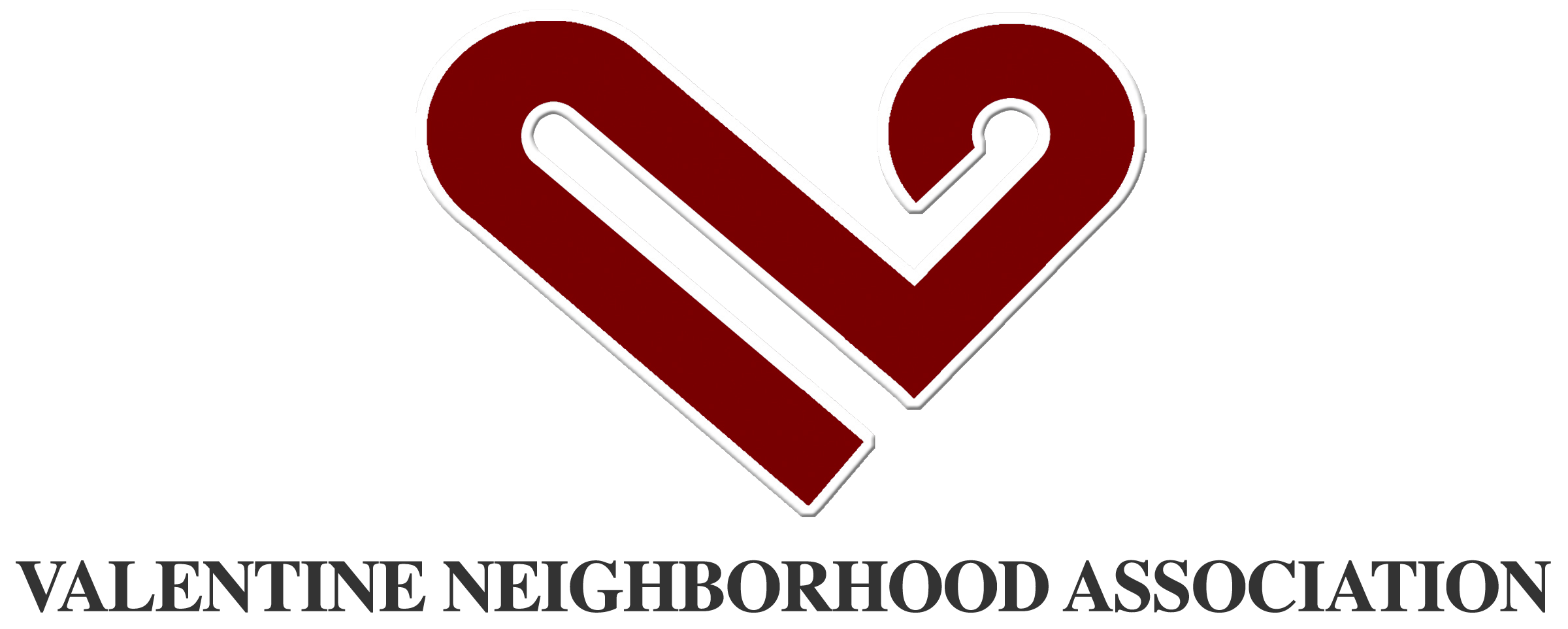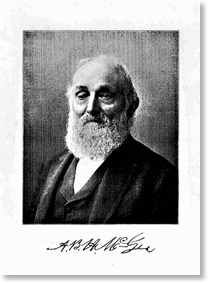 The original “owner” of Valentine was Allen B.H.McGee, son of one of the founders of Kansas City. McGee bought 160 acres from Richard W. Cummins in 1833. Cummins obtained the land by patent,according to local historian Lyle Kennedy, who also provides many of the following details of what happened to the land over the next fifty years.
The original “owner” of Valentine was Allen B.H.McGee, son of one of the founders of Kansas City. McGee bought 160 acres from Richard W. Cummins in 1833. Cummins obtained the land by patent,according to local historian Lyle Kennedy, who also provides many of the following details of what happened to the land over the next fifty years.
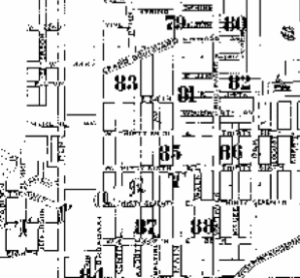
Larger map of area in 1885
Six Farmhouses in 1887
Allen McGee’s original tract of land included everything from 35th to 39th, from Broadway to Holly, so it included parts of the current Roanoke neighborhood as well as Valentine. McGee used some of the land for crops and pastures. He sold ten acres in the southwest in 1868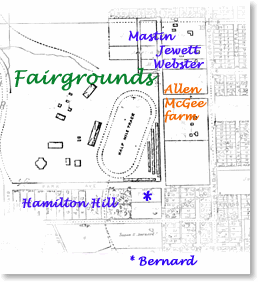 (shown on the map here as “Hamilton Hill”) and sold another nine acres to William R. Bernard (show in this map as belonging to Susan Bernard). McGee also sold three tracks in the northeast corner, and Kennedy reports that the entire area had six farmhouses in 1887. But from 1883 for several years, a large part of McGee’s original land became a popular entertainment venue.
(shown on the map here as “Hamilton Hill”) and sold another nine acres to William R. Bernard (show in this map as belonging to Susan Bernard). McGee also sold three tracks in the northeast corner, and Kennedy reports that the entire area had six farmhouses in 1887. But from 1883 for several years, a large part of McGee’s original land became a popular entertainment venue.
Horse race fever
Around this time, small stock shows and agricultural fairs were evolving into the America Royal, which was first help in 1871. According to Dory DeAngelo in What About Kansas City! A Historical Handbook, the fair attracted people from across the Midwest. Schools and businesses closed; special trains brought people in and Indians came from their reservations across the Kansas state line. More than 20,000 people (half of the city’s population) turned out to see the farm implements, machinery and horticultural displays. That first fair was so popular that Allen McGee’s father repeated it the following year on a tract of land near his farm. The fairs continued to be popular, and harness racing became a popular attraction.
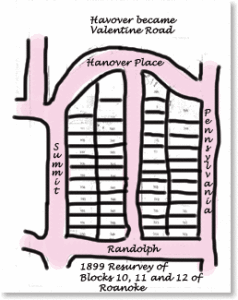
The Races Come to Valentine
When a fire destroyed the fairground in 1881, Allen McGee and several partners decided to build a new one. Joined by town fathers such as Kersey Coats, S.B. Armour and others, McGee formed the Kansas City Interstate Fair corporation. He sold the corporation 92 acres of land on the western side, and the corporation bought another 36 acres of the valley to the west. The corporation built a fairground, and the Interstate Fair was a popular destination for Kansas Citians.
“In addition to regular horse races, a man named Butler, who ran a saloon at Mill Street and Westport Avenue, imported chariots and chariot drivers to race at the fair in the Roman, or Ben Hur, or circus fashion. The chariots rumbled and kicked up a lot of dust, and watching boys whistled and yelled encouragement to their favorites. Life seemed awfully tame for a while when the fair’s too brief week had flashed to a close.”
read one man’s account of going to the fair
But by 1887, a land boom made the land the corporation had bought for $40,000 worth $606,000, so the fairground was sold. The land was platted as Roanoke and the Roanoke Investment Company began developing homes there.
The plat for the first portion of Valentine to be offered for sale after the fairground closed.
McGee stays in Valentine McGee retained the areas between Summit and Broadway around 36th Street for his own home.
